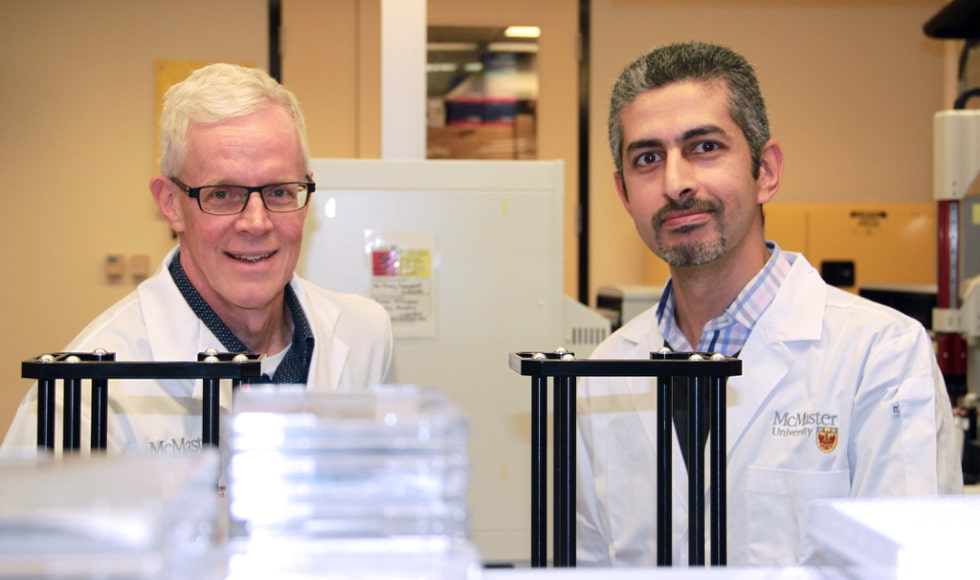A cannabis compound has been shown to kill some of the most worrisome antibiotic-resistant bacteria in a study by Canadian researchers.
A team of McMaster University scientists examining the effectiveness of Cannabis sativa cannabinoids found that one of them, cannabigerol, ‘exhibited antibacterial activity’ against MRSA, one of the top resistant microbes on the planet.
The World Health Organization has declared antibiotic resistance to be ‘one of the biggest threats to global health’.
Cannabinoids are chemical compounds that act on receptors found throughout the human body; there are more than 100 of them that have been derived from cannabis. The cannabinoid known as cannabigerol (CBG)—which is converted during plant growth into more familiar cannabinoids such as cannabidiol (CBD, a major component of the plant that is being widely studied for medical uses) and tetrahydrocannabinol (THC, the popular psychoactive ingredient in cannabis)—has undergone little pharmacological research up to now.
MRSA, otherwise known as methicillin-resistant Staphylococcus aureus, is an easily spread and common ‘superbug’ that can cause, among other things, pneumonia, meningitis, and so-called flesh-eating disease.
The McMaster researchers’ study is currently under prepublication review for the journal ACS Infectious Diseases; an abstract can be seen at bioRxiv, a self-described ‘preprint server for biology’.

The abstract describes cannabigerol’s ‘mechanism of action’ as attacking the ‘cytoplasmic membrane’ of targeted bacteria. ‘We also show that cannabinoids are effective against Gram-negative organisms whose outer membrane is permeabilized, where cannabigerol acts on the inner membrane. Finally, we demonstrate that cannabinoids work in combination with polymyxin B against multi-drug resistant Gram-negative pathogens, revealing the broad-spectrum therapeutic potential for cannabinoids.’
The research team—led by Eric Brown, with eight other researchers listed as study authors—demonstrated the substance’s effectiveness in both the lab and in animal models, where mice with MRSA infections were cured. This came about after combining CBG with an established antibiotic called polymyxin B, resulting in a compound that killed the resistant bacteria
















